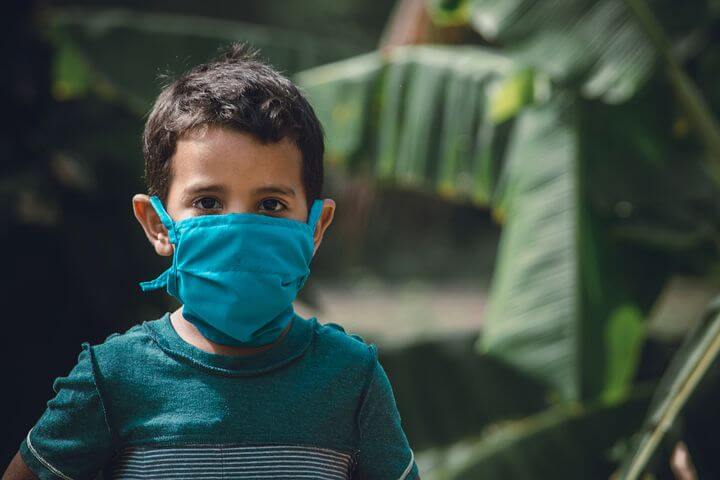The Children and young people with Long Covid (CLoCk) study, published in The Lancet Regional Health – Europe, is the world’s largest study on long Covid in children.
Researchers asked children aged 11 to 17 about their health six months and 12 months after taking a PCR test between September 2020 and March 2021. They also asked them to recall their symptoms at the time of taking the test.
None of the children initially invited to participate in the study had been hospitalised. In total the researchers examined data from 5,086 children, 2,909 of whom tested positive for Covid-19, and 2,177 of whom tested negative.
Researchers asked the children and young people what they had experienced from a list of 21 symptoms, including shortness of breath and tiredness, as well as using validated scales to assess quality of life, mental health, wellbeing and fatigue.
The team found that, at time of testing, health issues were more common in children and young people who had tested positive for the virus compared to those who tested negative, as well as six months and 12 months post PCR test. For example, among the test-positives, 10.9% reported fatigue at all three time points while among test-negatives only 1.2% reported fatigue at all three time points.
They also noted that the symptoms experienced changed over the course of a year. And while some of the children’s original symptoms declined, new symptoms were reported (see Figure).
This was also the case when researchers looked at scales measuring poor quality of life, experiencing emotional and behavioural difficulties, poor wellbeing and fatigue.
As a result, the researchers have found that the symptoms of long Covid experienced by children and young people change over time and that clinicians should be aware of this.
Corresponding author, Dr Snehal Pinto Pereira (UCL Surgery & Interventional Science) said: “Our research goes one step further than existing studies and indicates that researchers need to track individual trajectories using repeated measurement on the same children and young people over time.
“Simply reporting repeated cross-sectional prevalences – or snapshots – of symptoms over time may obscure important information about long Covid in young people that has clinical relevance.”
The CLoCK study is one of four major studies funded by NIHR and UKRI to help improve understanding of the causes, symptoms and treatment of the longer-term effects of Covid-19 in people who have not become unwell enough to be admitted to hospital.
The team, led by Professor Sir Terence Stephenson (UCL Great Ormond Street Institute of Child Health), was awarded £1.36 million for the study looking into long Covid in 11- to 17-year-olds.
The landmark study will continue to analyse survey results from participants for up to two years after the initial PCR test.
The study involves collaboration with researchers at the universities of Edinburgh, Bristol, Oxford, Cambridge, Liverpool, Leicester, Manchester as well as King’s College London, Imperial College London, UK Health Security Agency, Great Ormond Street Hospital and University College London Hospitals (UCLH).
Study Limitations
The symptoms reported by participants at time of testing are subject to recall bias as they were reported at the time of first contact with the CloCk study (at either three months or six months post-test). However, six-month and 12-month symptoms were reported at the time they were being experienced.
Original PCR tests were taken before the Delta and Omicron variants became dominant, so the findings may not reflect the long-term effects of these variants.
Children and young people self-reported their symptoms. In some instances, such as to assess shortness of breath, it may have been better to conduct in-person medical interviews. However this was not feasible or practical during the study period.
The researchers removed data from children who tested positive (by PCR or lateral flow test) after the initial PCR test from the analysis, to ensure that those in the test-negative group had not had Covid-19 across the study period, although they cannot rule out the possibility that some children in either group may have subsequently been infected without it being detected.

